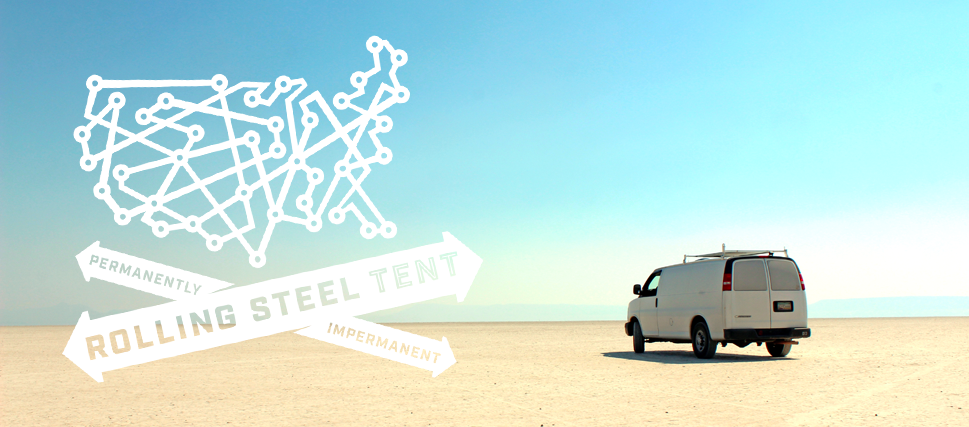Automotive batteries, also known as starting batteries or starting-lighting-ignition batteries, are designed to give a short, quick, burst of electricity. In the process, they use two to five percent of the battery’s total charge. Then the vehicle’s alternator restores and maintains the charge as you drive. The capacity of these batteries is labeled as Cold Cranking Amps, or just Cranking Amps. Because that’s mostly what they do—crank the engine over.
On the other hand, deep cycle batteries are designed for long, continuous periods of use, such as powering appliances. Or wheelchairs. Or golf carts. You can draw deeply from the battery’s charge—as much as 80 percent, though for long battery life it’s best to use no more than 50 percent before recharging. Deep cycle battery capacity is labeled as Amp Hours.
You could use use 50 to 80 percent of an automotive battery, but it’s life would be very short.
You know how when your car is out of tune and won’t start, and how after just a few minutes of cranking the battery is totally dead? And how after that it will never really hold a charge? That’s why you don’t want to use all of a battery’s capacity.
Then there are “marine” batteries. Their internal construction is a compromise between starting batteries and deep cycle batteries—a hybrid of the two. A clue that they’re not true deep cycle batteries is that their capacity is labeled in Cranking Amps (sometimes Marine Cranking Amps) rather than Amp Hours.
If you go to your average battery retailer and ask for a deep cycle battery, you will most likely be shown these hybrid batteries. The term “deep cycle” gets abused for marketing purposes. It’s almost impossible to know how much deep cycle ability a hybrid battery might have. Is it 50 percent starting/50 percent deep cycle? 60/40? 40/60? 20/80? 90/10? Only the manufacturers know.
True deep cycle batteries are niche market items. Solar, mobility devices, etc. And they cost more because of that. If you can’t afford true deep cycle batteries, then hybrids, with their limitations, can do. You’ll just be replacing them more often because they aren’t designed to go through as many depletion and recharge cycles.
I haven’t talked about wet batteries versus sealed batteries, or pairs of 6-Volt batteries versus single 12-Volt batteries. Those are separate discussions/fist fights. I also haven’t mentioned lithium batteries. That’s because they’re over in the big pile of things I know little or nothing about. What I do know is that they're very expensive at the moment. This post’s point is true deep cycle batteries. Get ’em if you can.


I have no issue with the national chain auto store 12 volt group 24 marine deep cycle models. They come with a one year free replacement warranty. In the spring after coming back from my three plus month winter expedition to Florida I totally discharge the battery a few time to kill it off, take it back to the store and get a brand new battery then rinse. lather repeat.
ReplyDelete